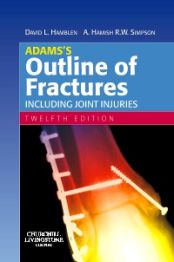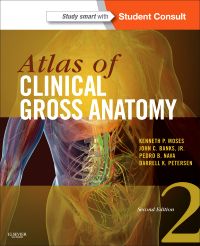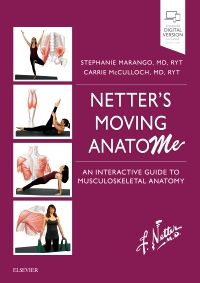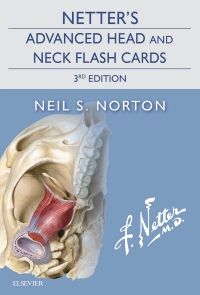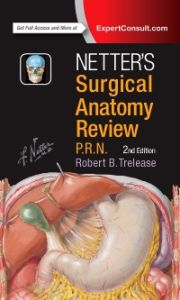The new edition of the now classic Adam's Outline of Fractures - prepared by authors working in the UK - has been updated to include the latest conservative and surgical approaches to the management of fractures. Suitable for medical undergraduates and trainee surgeons, as well as nurses and physiotherapists working in trauma services, this classic text continues to offer a sound basis for the safe and effective management of musculoskeletal injuries.
New to this edition
- New author line-up
- Clear new page format, using two-colour design
- Extended artwork programme, now including two-colour line artworks, new radiographs, MRI and CT scans
- Enhanced anatomical classification system
- Advances in cell biology and molecular genetics
- New chapter on osteoporosis, including fracture treatment in the elderly
Key Features
- New edition of highly praised book with an established reputation
- Well known for its clear writing style and logical classification of fractures
- Basics of treatment are summarised in a useful appendix for quick reference and revision
- Provides up-to-date surgical therapies as well as conservative treatment options
Author Information
By David L. Hamblen, PhD, DSc, FRCS(Edinburgh, England, Glasgow), Emeritus Professor of Orthopaedic Surgery, University of Glasgow, Visiting Professor, University of Strathclyde, Glasgow, UK and Hamish Simpson, DM(Oxon), FRCS(Ed & England), Professor of Orthopaedics and Trauma, University of Edinburgh, UK
Introduction
Pathology of fractures and fracture healing
Clinical and radiological features of fractures
Principles of fracture treatment
Complications of fractures
Special features of fractures in children
Osteoporosis and fragility fractures
Joint injuries
Cervical spine
Spine and thorax
Paraplegia from spinal injuries
Shoulder and upper arm
Elbow and forearm
Wrist and hand
Pelvis and hip
Thigh and knee
Leg and ankle
The foot
Further reading
Index
"This is an ideal and practical book for GPs to keep in the surgery for reference. Medical students, physiotherapists and nurses working on the orthopaedic wards would also find it useful. It is straightforward to locate a particular fracture by using either the contents or the index. The style is very readable and the text is up to date with mention of the latest treatment approaches, for example: balloon kyphoplasty for an osteoporotic fragility fracture of a vertebral body. There are numerous clear and good quality drawings and x-ray pictures.
Not surprisingly, patients think you should have the answer to their questions at your fingertips in which case this book will be invaluable." Dr Jeremy M Sager GP Leeds UK. July 2007
"This update responds to the current advances in fracture management by including newer surgical procedures without omitting important proven principles of injury care. I highly recommend this work to medical students and junior orthopedic, trauma, and emergency medicine trainees."
Edward Abraham, MD(University of Illinois at Chicago College of Medicine). Doody Enterprises




